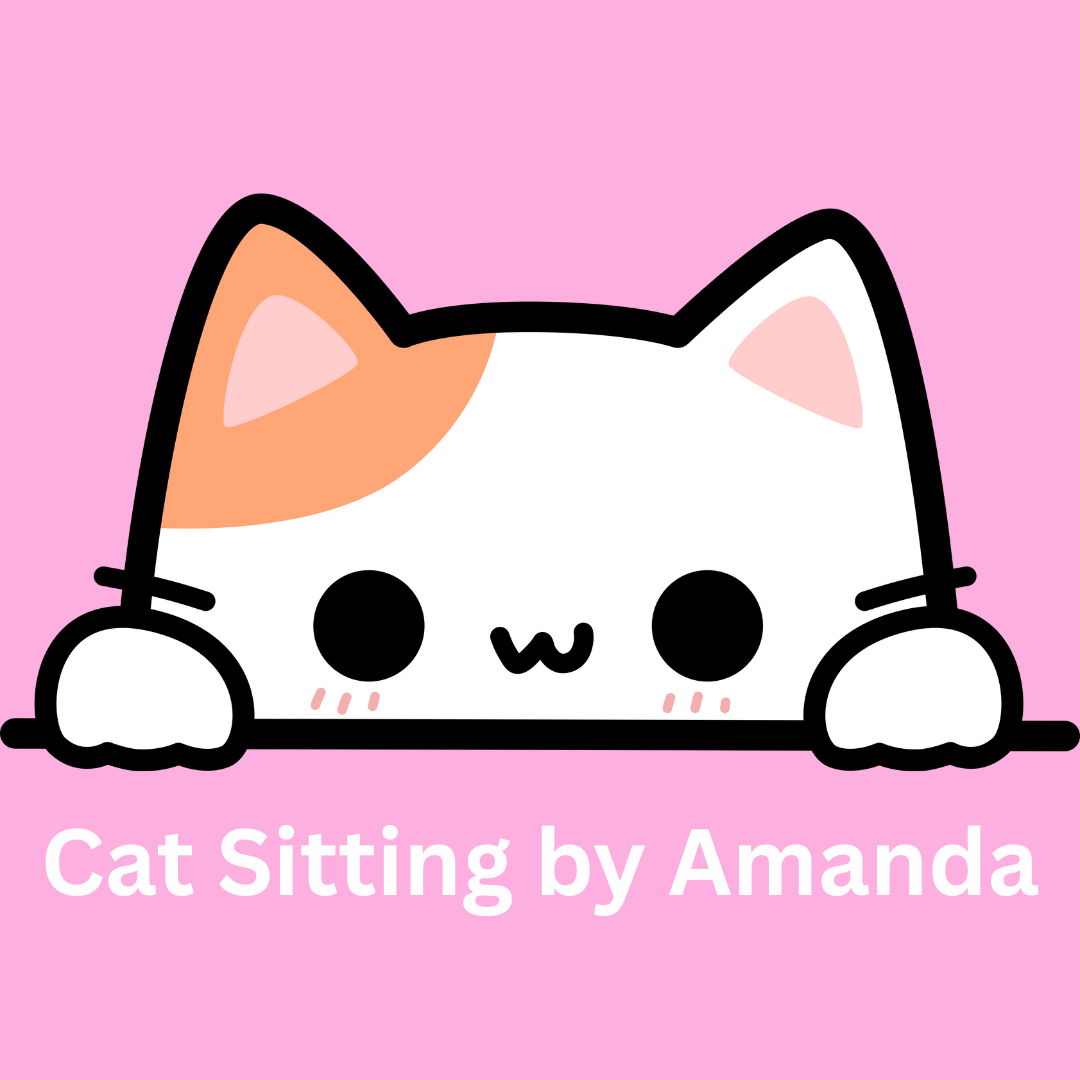Understanding Cat Body Language: What Your Cat is Telling You
Cats are mysterious, elegant, and often misunderstood. While they may not bark, whine, or wag their tails like dogs, cats have a rich and complex language all their own—they just use their bodies to speak it.
Learning how to read your cat’s body language is key to building a stronger bond, anticipating their needs, and avoiding misunderstandings. Whether you’re a cat owner or a cat sitter, this guide will help you better understand what your feline friend is trying to tell you.
🐱 1. The Tail: Your Cat’s Mood Indicator
Tail straight up: A happy, confident cat. This often means your cat is glad to see you.
Tail tucked under body: Nervous or scared. Your cat may be feeling threatened or unsure.
Tail twitching at the tip: Focused or irritated. This often shows up during play or when your cat is annoyed.
Tail puffed out: Alarmed or defensive. You’ve probably startled them or they’re reacting to a perceived threat.
Pro Tip: If you’re cat-sitting and the cat greets you with an upright tail, take it as a warm welcome!
👀 2. Eyes: Windows to Their Mood
Slow blink: The famous “cat kiss.” It’s a sign of love and trust. Try blinking slowly back—it builds connection.
Wide, dilated pupils: Excitement, fear, or overstimulation. This can happen during play or if your cat is startled.
Half-closed eyes: Relaxed and content. A sign that your cat feels safe and cozy.
Note: Watch for consistency. Wide eyes with flattened ears? Likely fear. Wide eyes with a playful crouch? Game on.
👂 3. Ears: Tiny Mood Antennas
Ears facing forward: Curious, interested, or content.
Ears swiveling side to side: On high alert—something has their attention.
Ears flattened back: Angry, scared, or overstimulated. Give them space.
🧍♀️ 4. Body Posture: Confidence or Caution
Lying on back, belly up: This can mean extreme trust—or it might be a trap! Not all cats enjoy belly rubs, so proceed gently.
Arched back with fur standing up: Scared and trying to look bigger. Definitely a “stay back” warning.
Crouched low to the ground: Fearful, uncertain, or preparing to bolt.
Rubbing against you: Affectionate and marking you as “theirs” with scent glands.
🐾 5. Vocal Cues Paired With Body Language
Body language becomes even clearer when paired with sound:
Soft purring + relaxed body = content and happy
Hissing + ears back = frightened or defensive
Chirping or trilling + upright tail = excited to see you or something interesting
Reading body language is especially important. You’re entering their territory, and not all cats warm up immediately. Understanding their signals lets you:
Know when to give space
Recognize signs of stress or illness
Build trust more quickly
Respecting their cues leads to a smoother, more positive experience—for both you and the cat.
💡 Final Thoughts
Cats may not speak our language, but they’re always communicating. With a little observation and practice, you can learn to understand their unspoken messages and build a deeper connection based on mutual respect and trust.
Because once you learn to “listen” with your eyes, ears, and heart…
your cat will speak volumes. 🐾💬
Have a funny or touching cat story to share? Drop it in the comments—we’d love to hear how your feline friends speak to you!
#CatBodyLanguage #UnderstandingCats #HappyCatHappyHome #CatSittingTips #FelineCommunication #BondWithYourCat #CatBehaviorExplained
